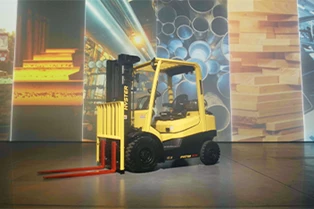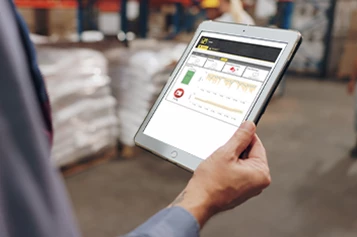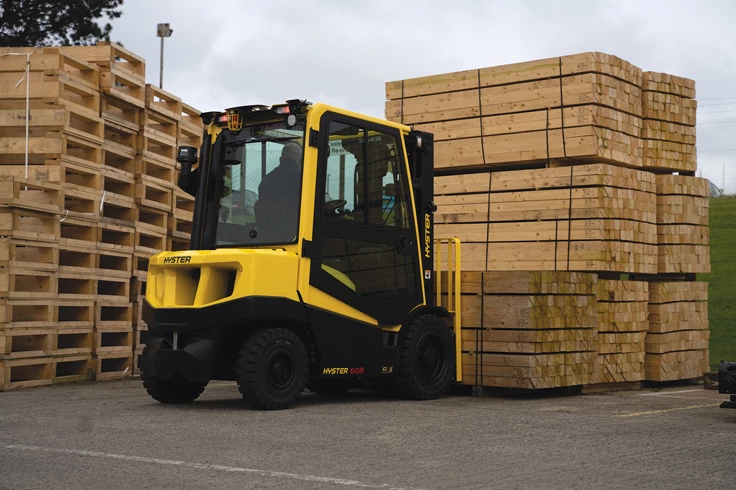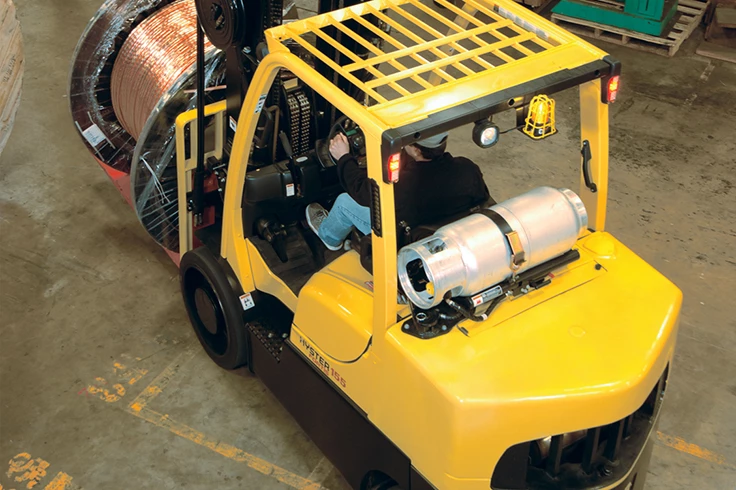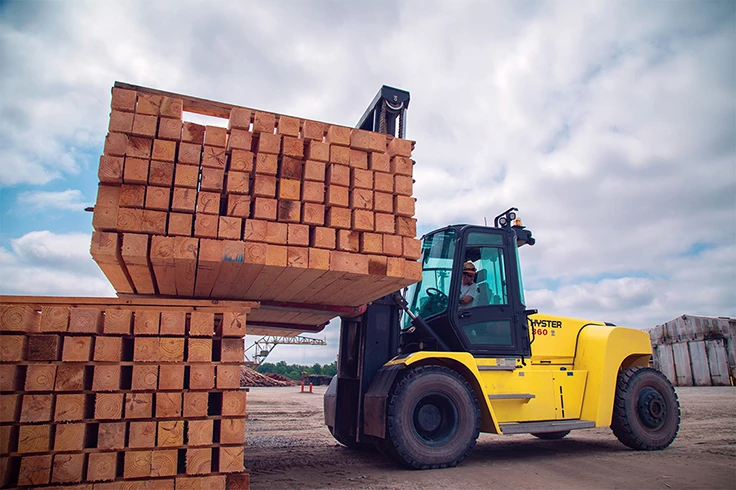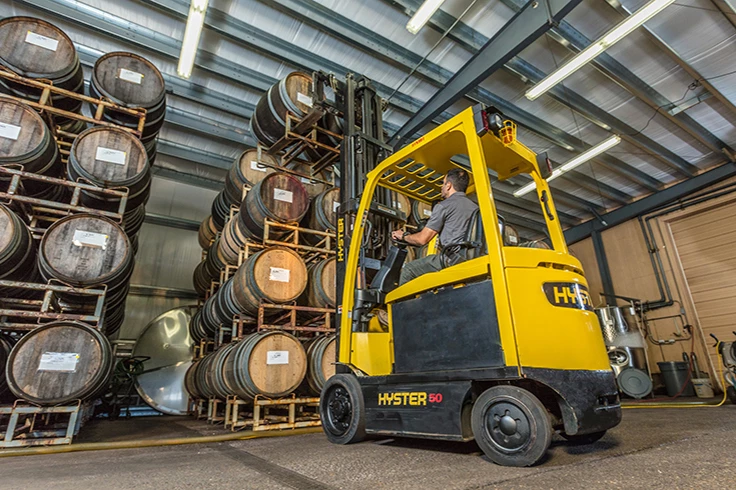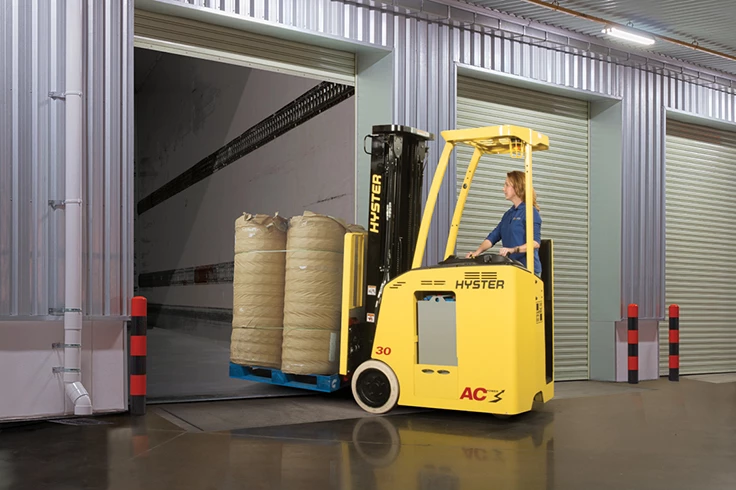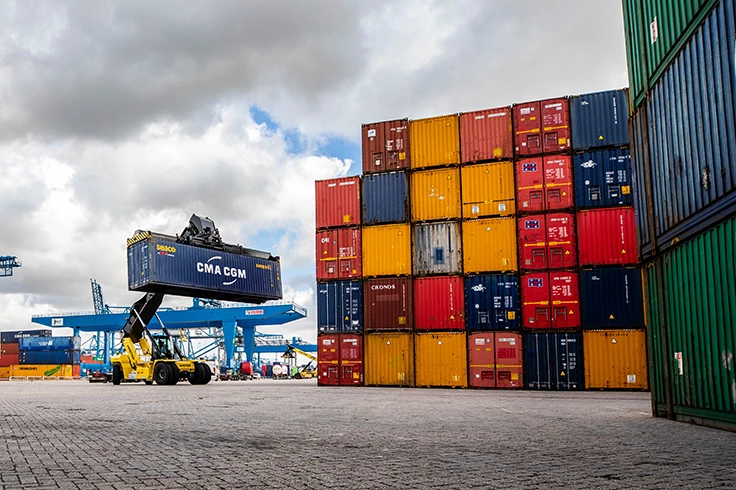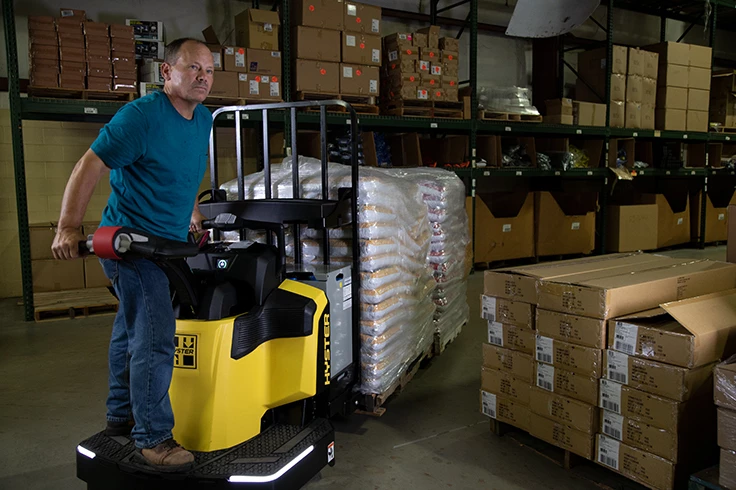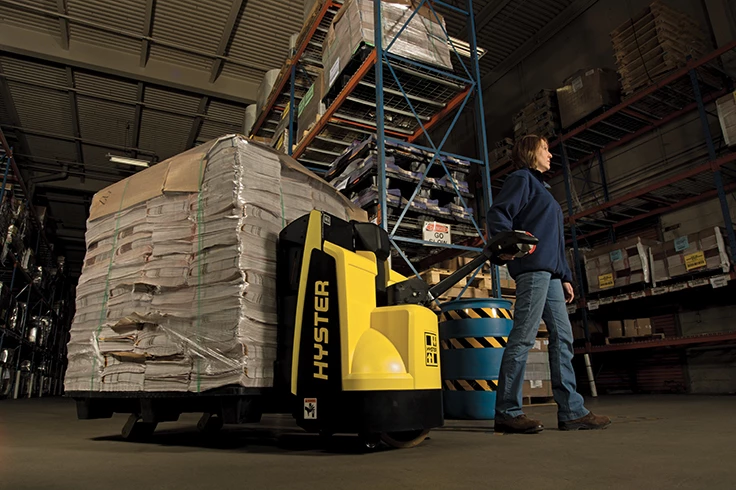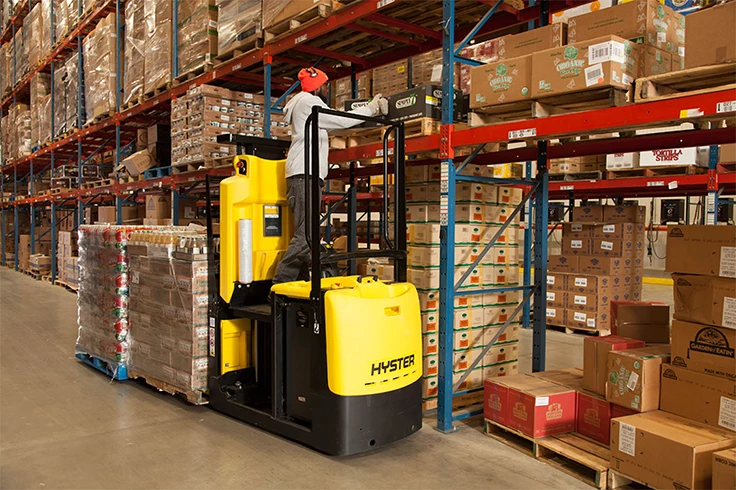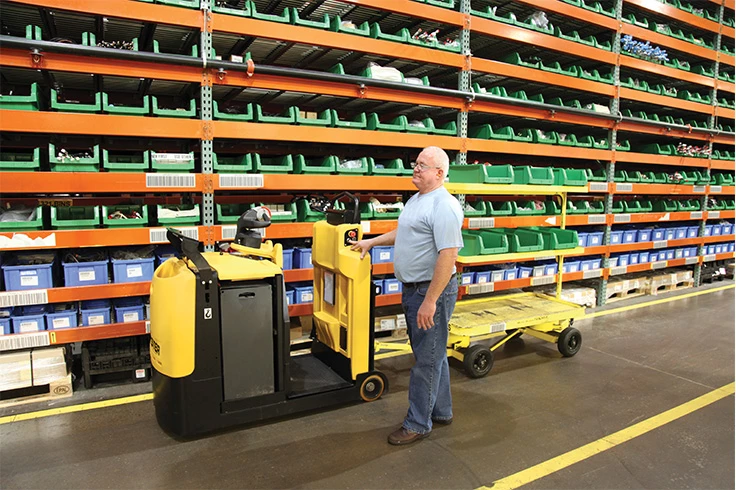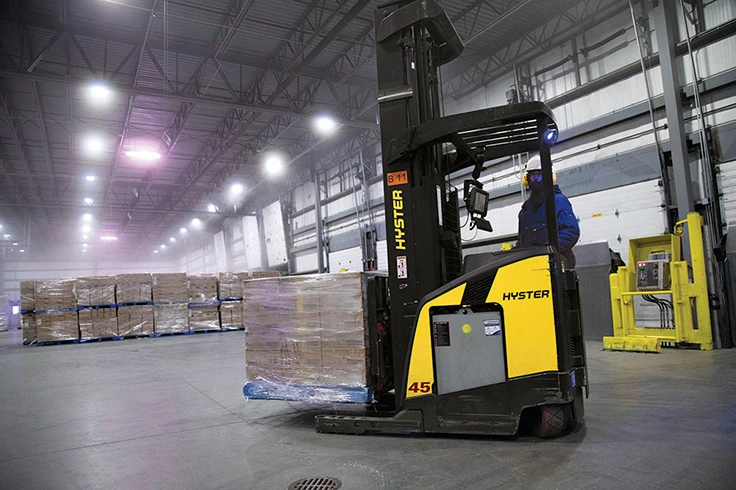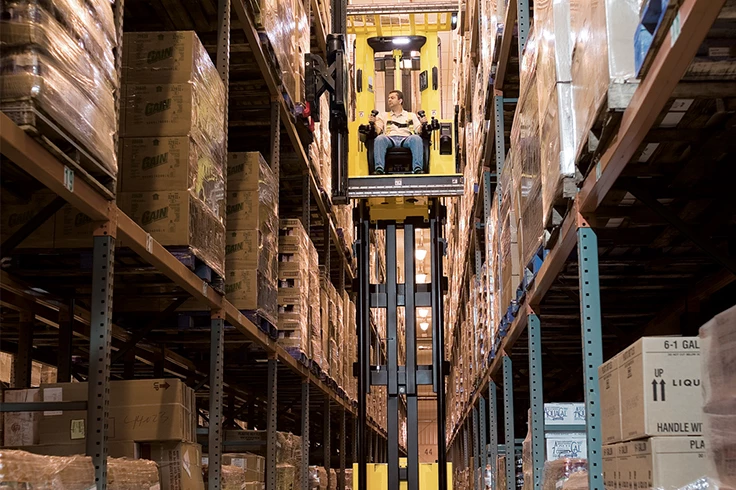INDUSTRIAL-STRENGTH MATERIAL HANDLING
OUR LATEST SOLUTIONS FOR YOUR BIGGEST MOVES
Getting the job done well takes hard work, day in and day out. Same at Hyster. We are always improving our forklifts, container handlers and technologies to meet the demands of your worksite – productivity, safety and the muscle to get it done.
Industry Solutions
Power your possibilities with material handling and industrial forklift solutions that meet and surpass your specific industry needs.
Explore our products
Media Library
MATERIAL HANDLING RESOURCES
Our seasoned experts go beyond the equipment. Explore research, analysis and case studies empowering the minds behind material handling operations and lifting industries to new levels of performance.
